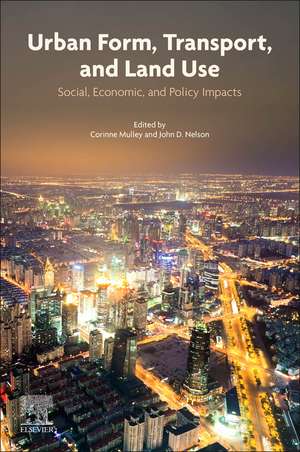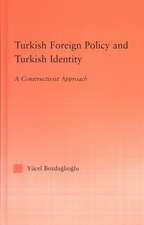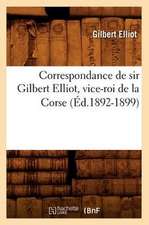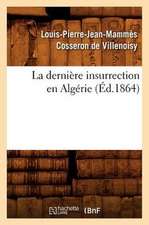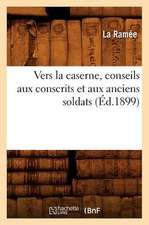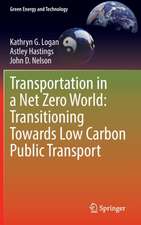Urban Form and Accessibility: Social, Economic, and Environment Impacts
Editat de Corinne Mulley, John D. Nelsonen Limba Engleză Paperback – 30 noi 2020
- Draws on evidence-based success stories from countries around the globe
- Gathers global leading thinkers to provide the state-of-the-art on the topic
- Examines social, economic, and environmental impacts within each chapter
- Each chapter’s content will have the same structure for easier discoverability
Preț: 575.55 lei
Preț vechi: 735.53 lei
-22% Nou
Puncte Express: 863
Preț estimativ în valută:
110.13€ • 114.99$ • 90.94£
110.13€ • 114.99$ • 90.94£
Carte tipărită la comandă
Livrare economică 08-22 aprilie
Preluare comenzi: 021 569.72.76
Specificații
ISBN-13: 9780128198223
ISBN-10: 0128198222
Pagini: 448
Dimensiuni: 152 x 229 x 25 mm
Greutate: 0.59 kg
Editura: ELSEVIER SCIENCE
ISBN-10: 0128198222
Pagini: 448
Dimensiuni: 152 x 229 x 25 mm
Greutate: 0.59 kg
Editura: ELSEVIER SCIENCE
Public țintă
Transportation and Urban Planning scholars, postgraduate students, researchers, practitioners, policymakers.Cuprins
1. Introduction
2. Cities, their form, and accessibility
3. Sustainable transport planning and residential segregation at the city scale
4. Governance, mobility and the urban form
5. Emerging mobility technologies and transitions of urban space allocation in a Nordic governance context
6. Urban form and travel behaviour: The interplay with residential self-selection and residential dissonance
7. Making place in the car-dependent city
8. Active accessibility and transit-oriented development: connecting two sides of the same coin
9. Urban form and walkable environments
10. The potential for telecommuting to offer sustainable and resilient accessibility
11. School location, urban structure and accessibility
12. Built environment and health
13. Transport, access and health
14. Public transport equity outcomes through the lens of urban form
15. Urban expansion and mobility on the periphery in the global South
16. Who gains in a distance-based public transport fare scheme? Accessibility, urban form and equity implications in Santiago de Chile
17. Urban form and public transport design
18. Innovative financial mechanisms for transport infrastructure in time of crisis: The case of London Crossrail
19. Dispersion of agglomeration through high-speed rail in China
20. City logistics and the urban environment
21. Land use models and modelling
2. Cities, their form, and accessibility
3. Sustainable transport planning and residential segregation at the city scale
4. Governance, mobility and the urban form
5. Emerging mobility technologies and transitions of urban space allocation in a Nordic governance context
6. Urban form and travel behaviour: The interplay with residential self-selection and residential dissonance
7. Making place in the car-dependent city
8. Active accessibility and transit-oriented development: connecting two sides of the same coin
9. Urban form and walkable environments
10. The potential for telecommuting to offer sustainable and resilient accessibility
11. School location, urban structure and accessibility
12. Built environment and health
13. Transport, access and health
14. Public transport equity outcomes through the lens of urban form
15. Urban expansion and mobility on the periphery in the global South
16. Who gains in a distance-based public transport fare scheme? Accessibility, urban form and equity implications in Santiago de Chile
17. Urban form and public transport design
18. Innovative financial mechanisms for transport infrastructure in time of crisis: The case of London Crossrail
19. Dispersion of agglomeration through high-speed rail in China
20. City logistics and the urban environment
21. Land use models and modelling
